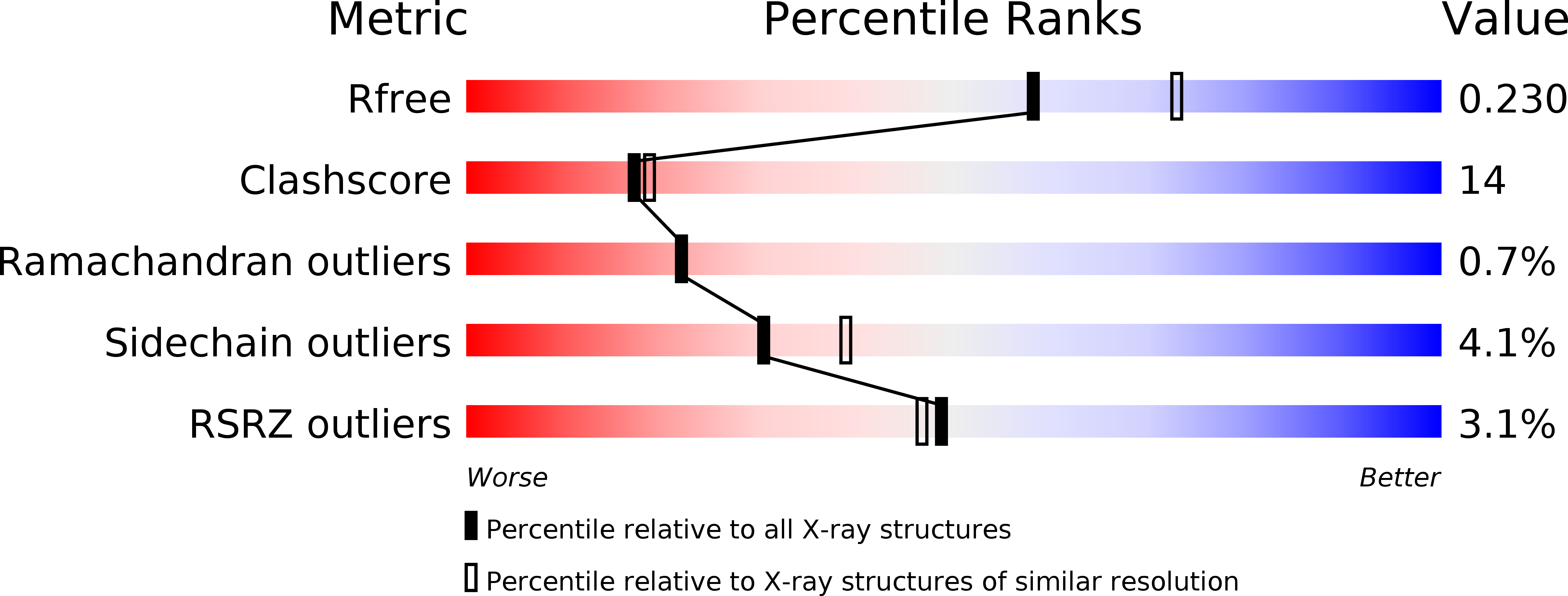
Deposition Date
2006-10-10
Release Date
2006-12-12
Last Version Date
2024-03-13
Entry Detail
PDB ID:
2IOB
Keywords:
Title:
E. coli Bifunctional glutathionylspermidine synthetase/amidase Apo protein
Biological Source:
Source Organism:
Escherichia coli (Taxon ID: 562)
Host Organism:
Method Details:
Experimental Method:
Resolution:
2.20 Å
R-Value Free:
0.23
R-Value Work:
0.17
Space Group:
C 1 2 1


